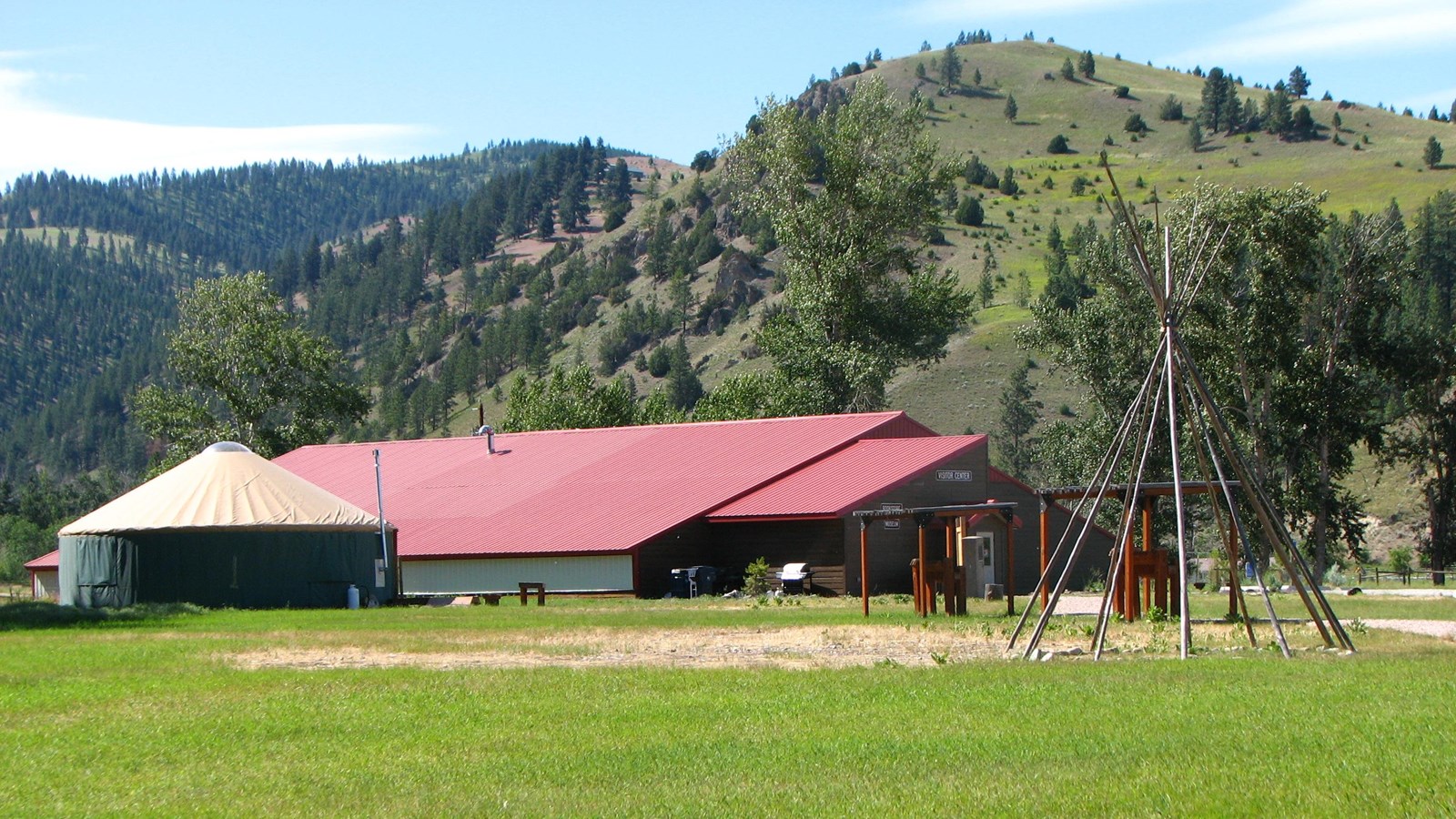Last updated: September 27, 2024
Place
Travelers' Rest

Lewis and Clark NHT Visitor Centers and Museums
This map shows a range of features associated with the Lewis and Clark National Historic Trail, which commemorates the 1803-1806 Lewis and Clark Expedition. The trail spans a large portion of the North American continent, from the Ohio River in Pittsburgh, Pennsylvania, to the mouth of the Columbia River in Oregon and Washington. The trail is comprised of the historic route of the Lewis and Clark Expedition, an auto tour route, high potential historic sites (shown in black), visitor centers (shown in orange), and pivotal places (shown in green). These features can be selected on the map to reveal additional information. Also shown is a base map displaying state boundaries, cities, rivers, and highways. The map conveys how a significant area of the North American continent was traversed by the Lewis and Clark Expedition and indicates the many places where visitors can learn about their journey and experience the landscape through which they traveled.
Travellers Rest is a High Potential Historic Site on the Lewis and Clark National Historic Trail.
On September 9, 1805, before the expedition began the arduous passage across the Bitterroot Mountains, they encamped along a creek Lewis and Clark named Travellers Rest. The next day Clark wrote, “Concluded to Delay to day and make Some observations, as at this place the rout which we are to prosue will pass up the Travelers rest Creek, The day proved fair and we took equal altitudes & Some luner observations. The Latd. 46° 48’ 28” as the guide report that no game is to be found on our rout for a long ways, ads an addition to the cause of our delay to precure Some meat, despatched all our hunters in different directions, to hunt the Deer which is the only large game to be found.” There was a friendly encounter with three Flathead warriors, in pursuit of two men from another tribe who had stolen horses from them. On the morning of September 11, the expedition broke camp and continued westward into the mountains on the Lolo Trail. They returned to the area on June 30, 1806, and camped for three nights. Upon the July 3 departure, Clark took a contingent to explore the Yellowstone River, while Lewis headed for the Missouri and Marias rivers.
While Lewis and Clark named the creek, not the camp, Travellers Rest, in popular use it now refers to the geographic location of the camp site, reinforced the establishment of the Travellers Rest National Historic Landmark and Travelers’ Rest State Park. Conversely, the creek itself has since been renamed Lolo Creek. An accumulation of archeological evidence has led to a broad consensus regarding the camp site location.
